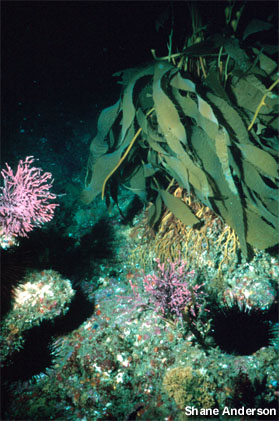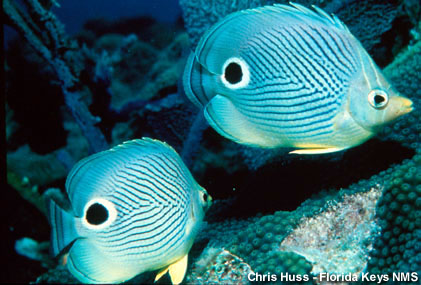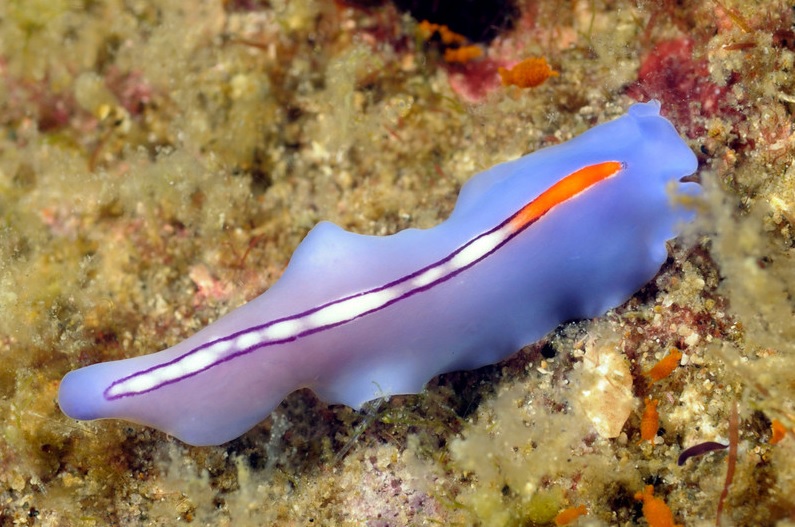Interactions
Pseudoceros bifurcus is a scavenger so it feeds on dead plants, similar to the Little Turkish Washcloth, or other animal matter it may find in the environment. These flatworms are scavengers and feed on sessile invertebrates such as sponges and goose barnacles, because they are similarly slow moving. Just like sponges (for instance, the Plakortis simplex) before they ingest their food, it is digested outside of the body. Then using the muscular pharynx the prey is engulfed and broken down inside the body. The food travels into the intestine of the flatworm. Flatworms live mostly on reefs and corals. There is no mutualistic relationship known between Pseudoceros bifurcus and other organisms but they have been found to feast on dead plant and animal matter which can help maintain a cleaner environment (Seifarth, 2002).
Since these flatworms are more slow moving than animals like sharks and their bodies are rather soft, they are an ideal food source for other marine organisms. Their predators include fish, like the Atlantic Cod, and crustaceans, such as the Red King Crab. Due to heavy predation they have evolved defence mechanisms over time to prevent their species from dying out.
Photo by Kevin Lee
 Opisthobrancia, a group of snails, include
nudibranchs, which are a very colorful form of slug that has the
ability to warn predators away. Usually bright colors in nature are
a warning sign to warn predators to stay away because of poisons and
toxins associated with that organism. Their colors act as warnings
to fish because when eaten the fish can be affected by their toxic
chemicals (Rudman, 2010). Furthermore, some slugs mimic these
dangerous creatures by having colorful shells as well. Fish are then
left not knowing which slugs are poisonous and which are not.
Nudibranchs take on whatever color their food is.
Opisthobrancia, a group of snails, include
nudibranchs, which are a very colorful form of slug that has the
ability to warn predators away. Usually bright colors in nature are
a warning sign to warn predators to stay away because of poisons and
toxins associated with that organism. Their colors act as warnings
to fish because when eaten the fish can be affected by their toxic
chemicals (Rudman, 2010). Furthermore, some slugs mimic these
dangerous creatures by having colorful shells as well. Fish are then
left not knowing which slugs are poisonous and which are not.
Nudibranchs take on whatever color their food is.
One way racing stripe flatworms have evolved is being brightly colored. Pseudoceros bifurcus has developed this defense in attempt to defer predators and in most cases it works. Experiments were done by Hing P. Ang and Leslie J. Newman to test whether fish would eat the brightly colored worm or the uncoloured worm. Their results revealed that the fish avoided the brightly coloured flatworms associating them with other poisonous species (Seifarth, 2002).
What are some more interesting things?
References | Home



